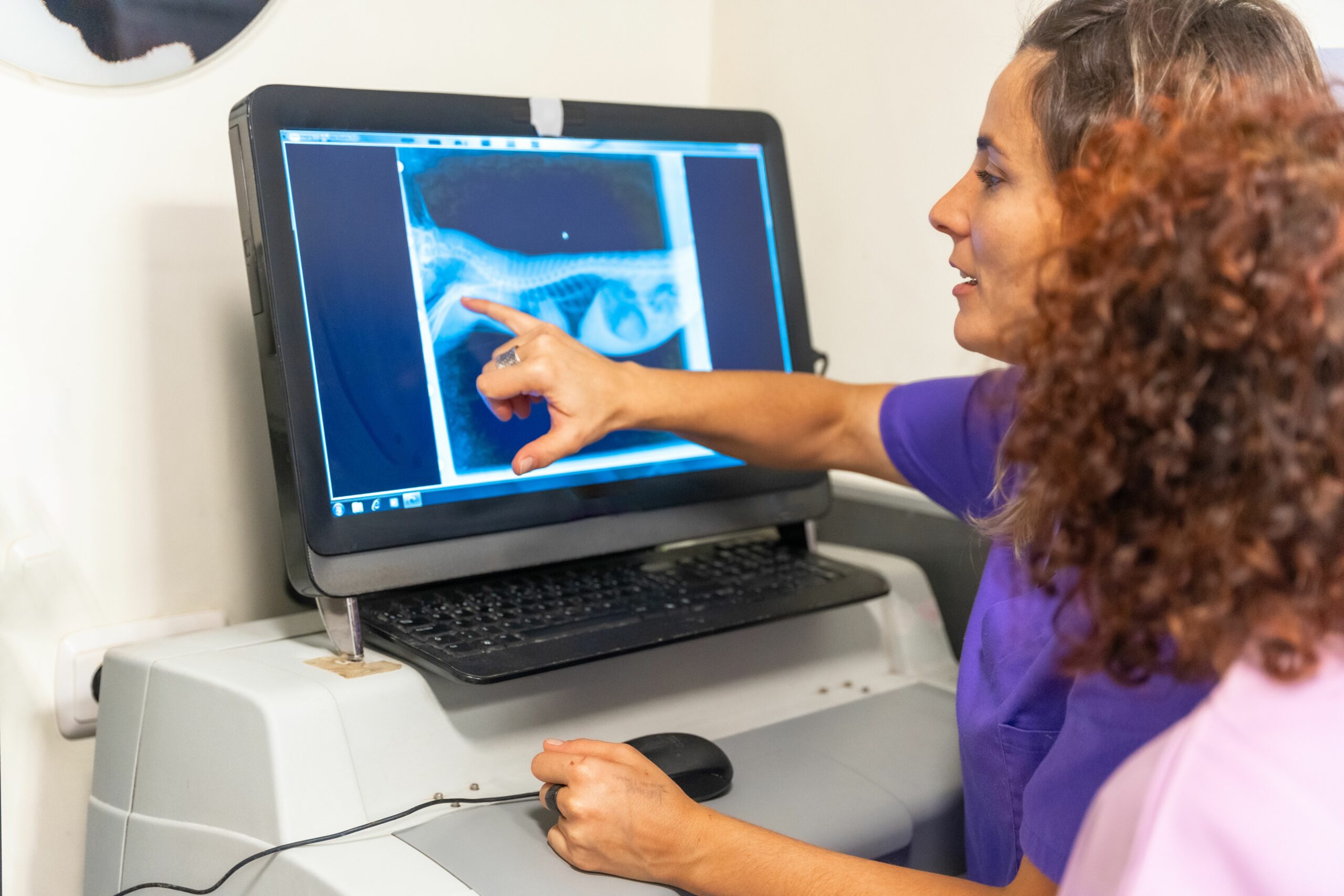Introduction
Radiology is a vital branch of medicine that plays a crucial role in diagnosing and treating various medical conditions. It utilizes medical imaging techniques such as X-rays, CT scans, MRIs, and ultrasounds to visualize the internal structures of the body. Within the field of radiology, there are three main specialties that focus on different aspects of patient care and diagnostic imaging. In this article, we will explore these three specialties and how they contribute to improving patient outcomes.
Table of Contents
- Specialty 1: Diagnostic Radiology
- Specialty 2: Interventional Radiology
- Specialty 3: Radiation Oncology
- Key Takeaways
- FAQ
- Conclusion
Specialty 1: Diagnostic Radiology
What is Diagnostic Radiology?
Diagnostic radiology is the most commonly known and practiced specialty within the field of radiology. It involves interpreting medical images to diagnose and monitor diseases or injuries. Diagnostic radiologists work closely with other healthcare professionals to provide accurate and timely diagnoses, which are essential for developing effective treatment plans.
What Does a Diagnostic Radiologist Do?
A diagnostic radiologist is responsible for:
– Interpreting X-rays, CT scans, MRIs, ultrasounds, and other medical images
– Identifying abnormalities, such as tumors, fractures, or infections
– Collaborating with other medical specialists to determine the best course of treatment
– Ensuring the quality and accuracy of medical imaging procedures
– Communicating findings to referring physicians and patients
Specialty 2: Interventional Radiology
What is Interventional Radiology?
Interventional radiology (IR) is a rapidly growing specialty that focuses on performing minimally invasive procedures using image-guidance. It combines the expertise of radiology with the skills of interventional procedures to provide patients with targeted treatments. IR techniques often eliminate the need for traditional surgery, resulting in reduced risks, shorter recovery times, and improved patient outcomes.
What Does an Interventional Radiologist Do?
An interventional radiologist is responsible for:
– Performing minimally invasive procedures, such as angiography, angioplasty, and tumor ablation
– Using medical imaging techniques to guide and monitor procedures in real-time
– Delivering targeted therapies directly to the site of the disease
– Treating various conditions, including vascular diseases, cancer, and liver diseases
– Collaborating with other specialists to provide comprehensive patient care
Specialty 3: Radiation Oncology
What is Radiation Oncology?
Radiation oncology is a specialty that focuses on the use of radiation therapy to treat cancer and other conditions. Radiation oncologists work collaboratively with a multidisciplinary team to develop personalized treatment plans for patients. They utilize advanced radiation techniques to target and destroy cancer cells while minimizing damage to healthy tissues.
What Does a Radiation Oncologist Do?
A radiation oncologist is responsible for:
– Assessing patients and determining the appropriate radiation therapy treatment
– Planning and delivering precise radiation doses to target tumors or diseased tissues
– Monitoring patient progress and adjusting treatment plans as necessary
– Collaborating with other healthcare professionals, including surgeons and medical oncologists
– Managing potential side effects and ensuring patient comfort during treatment
Key Takeaways
– Radiology can be classified into three main specialties: diagnostic radiology, interventional radiology, and radiation oncology.
– Diagnostic radiology focuses on interpreting medical images to diagnose and monitor diseases or injuries.
– Interventional radiology combines radiology with interventional procedures to perform minimally invasive treatments.
– Radiation oncology utilizes radiation therapy to treat cancer and other conditions.
– Each specialty plays a vital role in improving patient outcomes and providing personalized care.
FAQ
Q: Can a radiologist specialize in more than one field?
Yes, it is possible for a radiologist to specialize in more than one field. Some radiologists may have expertise in both diagnostic radiology and interventional radiology, allowing them to provide a comprehensive range of services.
Q: Are there any risks associated with radiation exposure during medical imaging procedures?
While medical imaging procedures involve the use of radiation, the doses are typically low and considered safe. Radiology professionals take precautions to minimize radiation exposure and ensure patient safety.
Q: How long does it take to become a radiologist?
Becoming a radiologist requires completing medical school, followed by a residency program in radiology, which typically takes four to five years. Additional fellowship training may also be pursued to specialize in a specific radiology field.
Conclusion
Radiology encompasses three main specialties: diagnostic radiology, interventional radiology, and radiation oncology. Each specialty plays a distinct role in the field of medical imaging and contributes to patient care in different ways. Whether it’s diagnosing diseases, performing minimally invasive procedures, or delivering radiation therapy, radiologists are at the forefront of improving patient outcomes. By understanding these specialties, patients can have a better appreciation for the expertise and dedication of radiology professionals in their healthcare journey.




